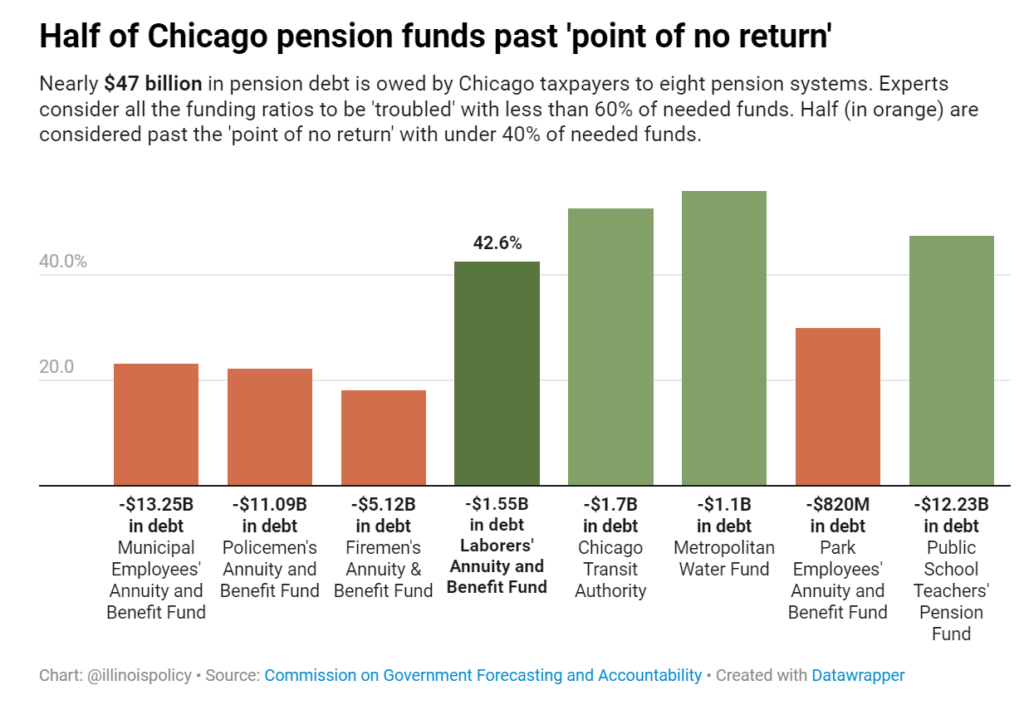Link:https://contingencies.org/who-cares-about-life-expectancy/
Excerpt:
Life expectancy at birth (LEB) in the U.S. has grown about 50% since 1900, with most of the increase going to upper income groups. (See “Differences in Life Expectancy by Income Level”; Contingencies;July/August 2016.)Depending on the data source and the methodology used to determine it, LEB in the U.S. is about 77 and 82 for males and females, respectively.
I’m a retiree, so I’m more interested in life expectancy at age 65 (LE65). (OK, fine, life expectancy at a somewhat higher age is more pertinent for me, but LE65 is the more common measurement.) LE65 in America is about 18.2 and 20.8 for males and females, again depending on the dataset and methodology.
LEB and LE65 in America are calculated from a dataset of 330 million lives. Another dataset of 7.5 billion lives provides a LEB of 68 and 72 for males and females, a significant difference from the LEB mentioned earlier. The 7.5-billion-life dataset was the world population rather than the U.S. population subset. A meaningful LEB requires homogeneity of the underlying dataset.
Author(s): Bob Rietz
Publication Date: Jan/Feb 2022
Publication Site: Contingencies




